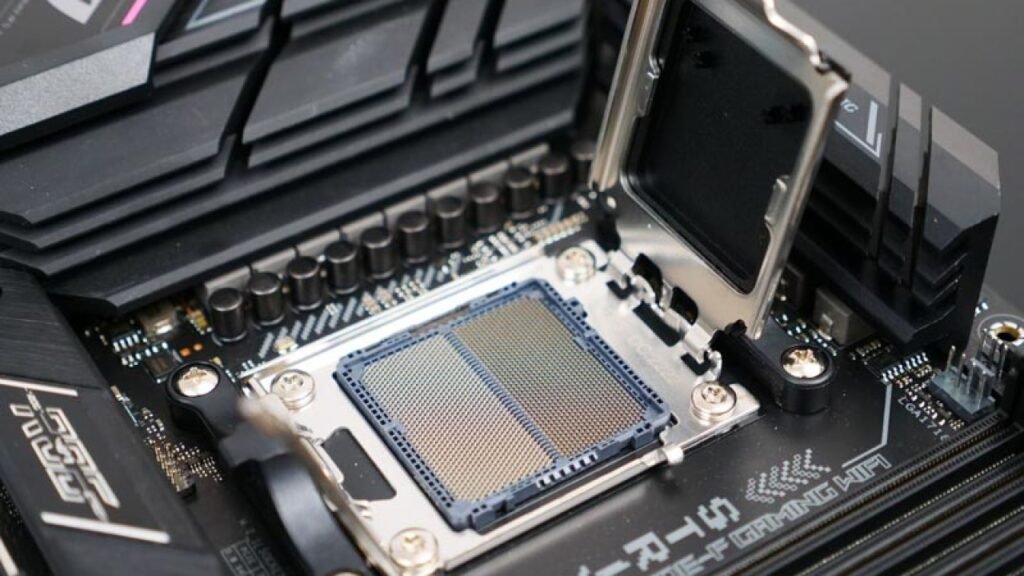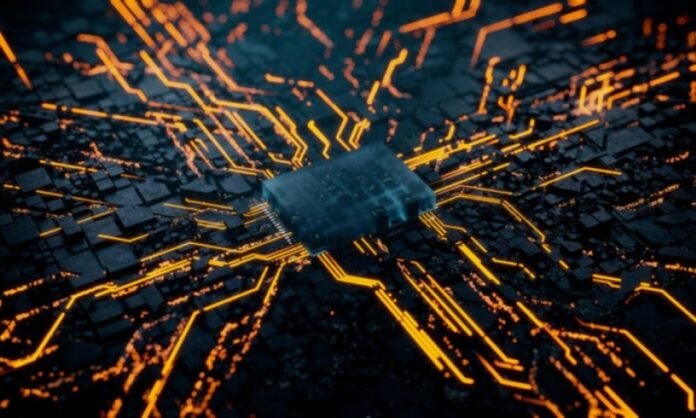Installing a motherboard is a crucial step when building a computer. However, many people make mistakes that can cause malfunctions and even damage the system. In this article, we'll review the 6 basic mistakes to avoid when installing a motherboard, explaining the consequences of each mistake and providing tips for avoiding them.
1. Avoid Static Electricity

Before you begin installing your motherboard , it is essential to protect yourself and the motherboard from static electricity. This precaution is often overlooked, but it can cause irreparable damage to the motherboard. To avoid this, you can grounded metal object
Advice :
Purchase an anti-static mat or anti-static wrist strap when purchasing your new motherboard. This will allow you to work safely and avoid electrostatic discharges .
2. Improper Motherboard Mounting

Another crucial point is the precise mounting of the motherboard in the case. It is essential to ensure that the motherboard is positioned and mounted correctly, without excessive tension in the case. Improper assembly can cause connection and stability issues.
Advice :
Use the appropriate mounting screws and be sure to tighten them properly. This will ensure the stability of the motherboard and protect it from possible damage.
3. Incorrect Installation of CPU and RAM
The precise installation of the processor (CPU) and random access memory (RAM) is crucial for the proper functioning of the system. It is important to ensure that these components are installed correctly and are compatible with their corresponding locations. Consult the manufacturer's manual for detailed instructions.
See also: How to choose the size of your PC case?
Advice :
align the CPU and gently insert it into its slot. Also make sure that the RAM sticks are correctly inserted into the slots provided for this purpose. This will prevent potential damage and ensure optimal performance after installation.
4. Incorrect Wiring

Proper wiring is another key aspect of installing a motherboard. Make sure all cables are connected correctly and that no cables are touching or blocking the motherboard. Avoid overstretching or twisting cables , as this can lead to potential short circuits and compromise system reliability.
Advice :
Organize the cables carefully and make sure they do not block airflow inside the case. This will allow better ventilation of the installed hardware components, such as the CPU , RAM and graphics card , and ensure their proper functioning.
5. Lack of Support
The use of brackets, also called standoffs, between the motherboard and the case is essential to ensure reliable isolation and avoid short circuits . Ensure that all necessary supports are correctly placed to ensure a stable and secure assembly, and to extend the life of the system. The case specifies slots and mounting points for different motherboard formats, such as ATA and Mini-ITX , and they should be used accordingly.

Advice :
Check the case manual carefully for the locations and types of brackets needed for your specific motherboard. Make sure you install them correctly before attaching the motherboard .
6. Updating BIOS without Caution
Updating the BIOS is a common step to improve motherboard performance and compatibility. However, it is important to take precautions when doing this. A bad BIOS update can cause compatibility issues and even render the motherboard unusable.
Advice :
Before performing a BIOS update , make sure to back up all your important data. Follow the instructions provided by the motherboard manufacturer carefully and make sure you are using the correct BIOS version. Avoid updating the BIOS during a power outage or when the system is unstable.
By avoiding these 6 basic mistakes when installing a motherboard, you can ensure your system runs optimally and extend the life of your hardware . Follow the manufacturer's instructions carefully and take the time to fully understand each step of the installation process . With the right precautions, you can enjoy a high-performance and reliable computer.
FAQs
1. What are the consequences of improper motherboard installation?
Improper motherboard installation can lead to connection issues, system instability, and even hardware damage. It is therefore essential to follow good installation practices to avoid these problems.
2. How to avoid static electricity when installing a motherboard?
To avoid static electricity , you can use an anti-static wrist strap or touch a grounded metal object before handling the motherboard. This helps dissipate static electricity built up in your body.
3. What components should you check when installing a motherboard?

When installing a motherboard , it is essential to check the correct installation of the CPU , RAM and cables. Also make sure the media are seated correctly and the BIOS is updated carefully.
4. What are the benefits of proper motherboard installation?
Proper motherboard installation ensures optimal system operation, better stability, hardware compatibility, and improved performance . This also extends the life of the equipment.
5. How to update BIOS safely?
To update BIOS safely , be sure to back up your important data, follow the motherboard manufacturer's instructions, and use the correct BIOS version. Avoid updating the BIOS during a power outage or when the system is unstable.
This article might interest you: How to reset your PC's BIOS using Clear CMOS?
Remember that installing a motherboard requires special attention and precautions. By following best practices and avoiding these fundamental mistakes, you will be able to benefit from a reliable and efficient system . Take the time to fully understand each step of the installation process and be sure to review additional resources for more detailed information.




